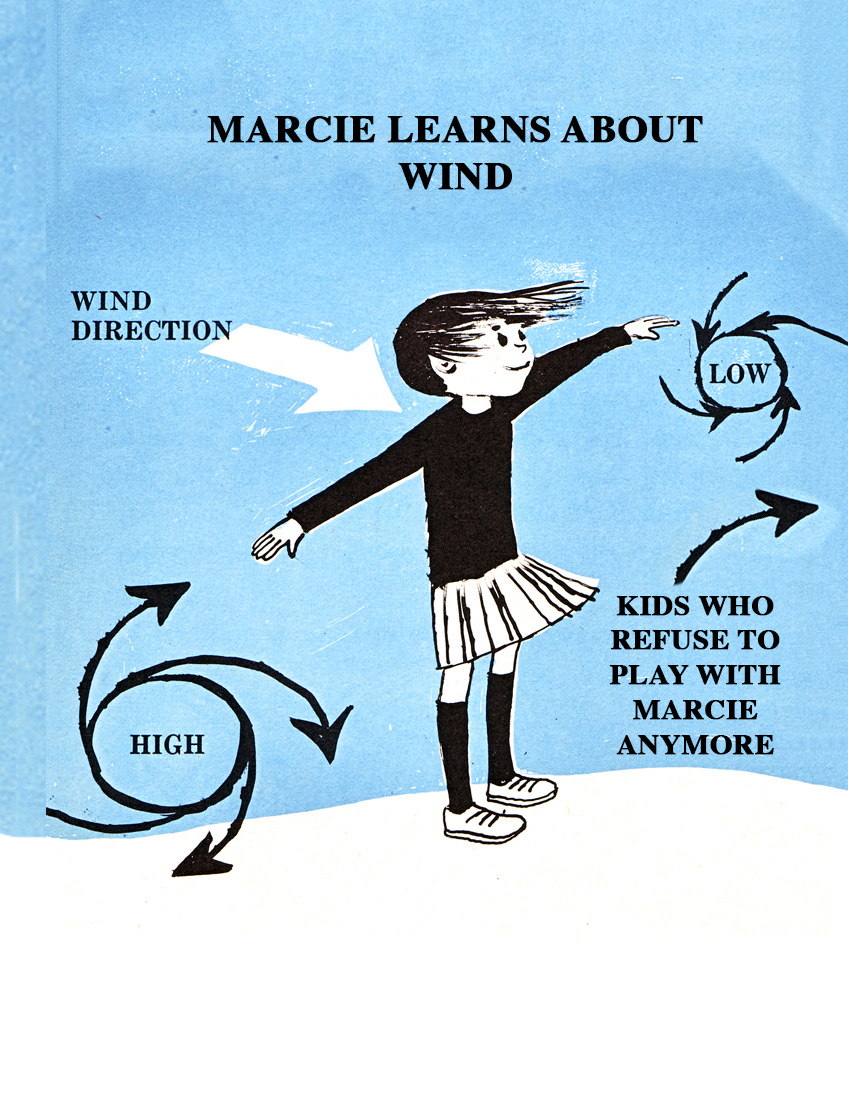Learn the wind and the Punxsutawney Experiment
The wind blows toward the future, the glorious future
The Fake Science Laboratories ask you to think of Neptune, because somebody should.
Today’s Lesson

This Day in Science History: The Punxsutawney Experiment
February 25, 1943
In 1943, the world was at war, but Punxsutawney, Pennsylvania had a bigger problem: Groundhog Day was already forgotten. Though Punxsutawney Phil had predicted meteorological trends once again, the nation had moved on because he was a small groundhog whose record was no better than a coin flip. Punxsutawney officials agreed: they had to think bigger.
Thus the Punxsutawney Experiment began (after a few false starts, since they spelled Punxsutawney wrong the first eleven times).
The idea was simple: using advanced Air Force, Naval, and Groundhog technology, they’d send Punxsutawney Phil to the future so he’d actually know if spring was going to come early. Then, assuming he’d survive the radioactive damage, he’d make predictions so accurate that they’d put Punxsutawney on the map (technically it was already on the map, but it was spelled incorrectly).
Punxsutawney Mayor Dale Maxislavksinski had been an assistant director of the local funeral home before entering politics. He won largely because his name was easier to spell than his opponent’s. Like many people at the time, he had a passing interest in nuclear physics and time travel. Jerry-rigging an old riding mower, a radio, and a three barrel stockpile of uranium, he made a chariot for the beloved groundhog in just a few weeks time. Nobody knew if it would work, but as the world further descended into war and total annihilation seemed imminent, one thing was clear: they needed to help this groundhog predict the weather.
The town’s leaders agreed to send Phil to the future in a midnight ceremony, but they moved it to 7:30 because “Gosh, midnight is just so late.” After the pulling of a ceremonial lever, they pressed the actual button that activated the machine. Phil ate some cardboard. A blinding bright blue light flashed. The town secretary yawned.
A second later, the light returned. Punxsutawney Phil was safe and active, but the carriage was stuffed full of food boxes and wrappers. Mayor Maxislavksinski ran to the pile: printed on the boxes were expiration dates of 1978, 1992, 2018, 2145.
“It worked!” he exclaimed to the crowd. “It worked.”
There was one problem. Punxsutawney Phil was supposed to learn the weather of the future.
“We had a flaw in our plan,” Mayor Maxislavksinski said at a press conference. “All he’s done is eat a bunch of future trash.”
From the Lab
Would you forward this newsletter to a friend, colleague, or pet?
Here’s a link.
Today’s Classic Lesson



